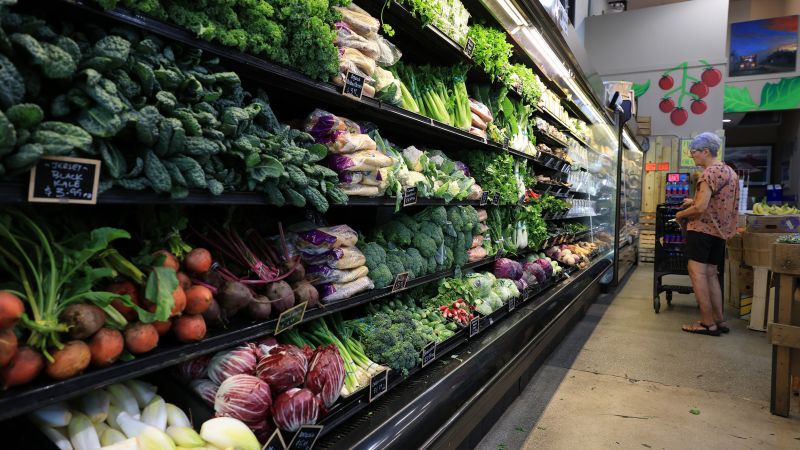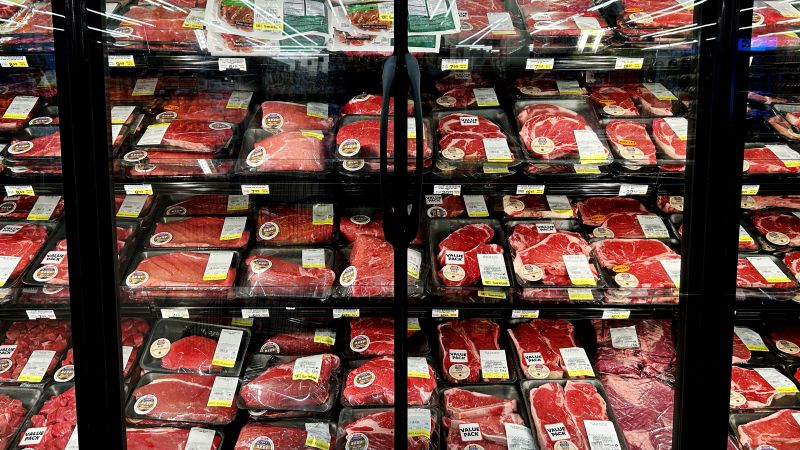
Factors Contributing to Rising Grocery Prices in the US
Politics | 9/20/2025
President Donald Trump’s administration, despite his promise to reduce grocery expenses, is facing criticism from food economists and industry experts for policies that are reportedly fueling an upsurge in prices. One significant factor behind this surge is the imposition of tariffs by the administration, which has led to increased production costs for various food items. These tariffs have notably impacted the agricultural sector, resulting in higher prices for essentials such as fruits, vegetables, and meats.
In addition to tariffs, the administration’s approach to deportations has also played a role in the escalating costs of groceries. The crackdown on undocumented immigrants has reportedly led to labor shortages in the agricultural industry, thereby affecting the supply chain and ultimately contributing to higher prices for consumers. This intersection of immigration policy and food production highlights the intricate connections between governmental decisions and the economy.
Moreover, the issue of climate change is exacerbating the situation. The changing climate patterns have affected crop yields and livestock production, leading to fluctuations in the availability and pricing of various food products. These environmental challenges, coupled with the other policy-driven factors, are placing additional strain on the already complex web of variables that influence food prices in the market.
Industry insiders are expressing concerns about the broader implications of these converging factors on the affordability and accessibility of essential food items for consumers across the country. While the administration’s intentions to lower grocery costs are clear, the unintended consequences of its policies are presenting significant challenges for both the industry and American households. The intersection of tariffs, deportations, and climate change in the realm of food economics underscores the multifaceted nature of addressing affordability and availability in the food supply chain.
In response to inquiries about the impact of these policies on grocery prices, a White House official declined to comment. However, experts in the field continue to monitor the situation closely, emphasizing the need for a comprehensive understanding of the various factors at play to navigate the complexities of the current food market landscape.


